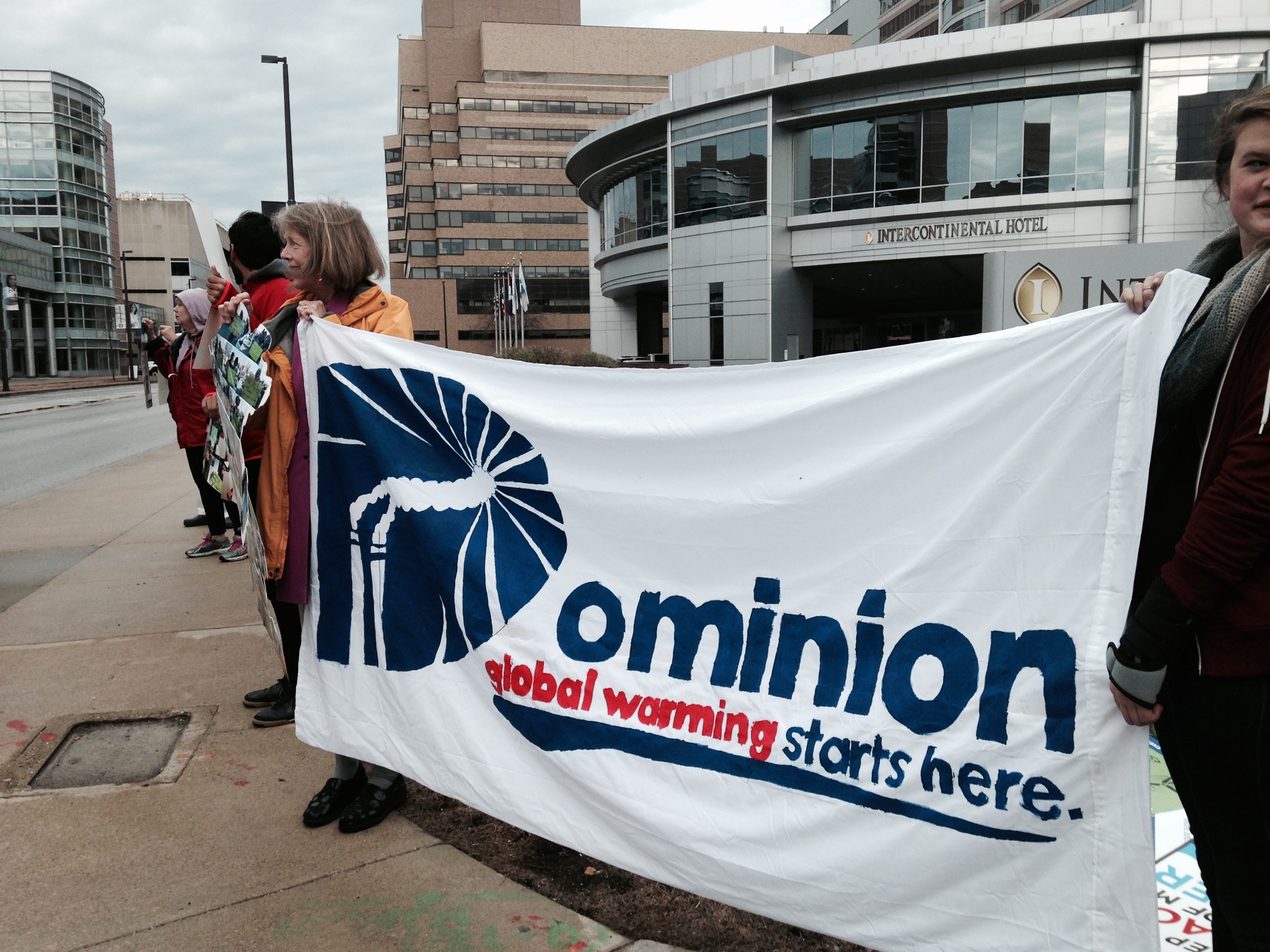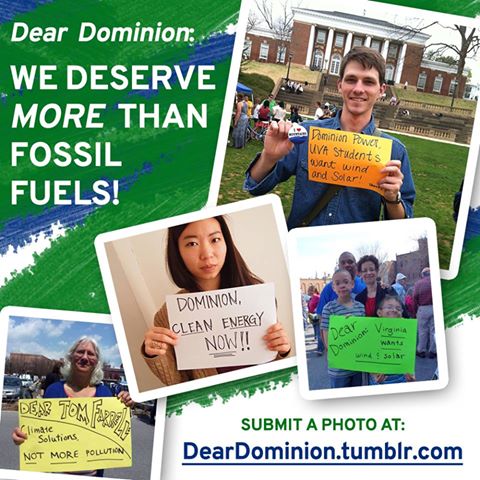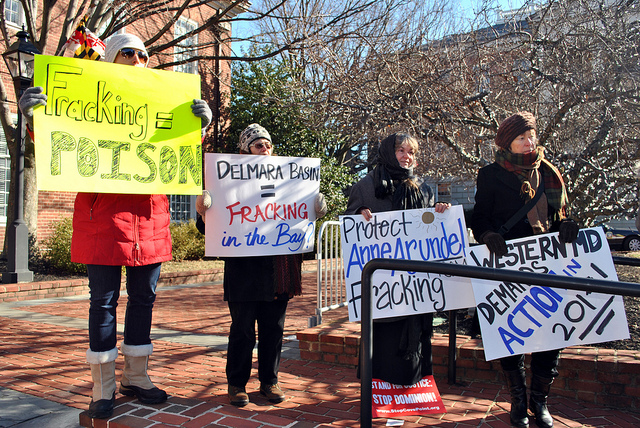NEWS RELEASE: May 15, 2014
Contact:
Kelly Trout, Chesapeake Climate Action Network, 240.396.2022, kelly@chesapeakeclimate.org
Kathleen Sutcliffe, Earthjustice, 212.845.7380, ksutcliffe@earthjustice.org
Groups Slam Federal Regulators over Flawed Environmental Review of Cove Point LNG Export Facility
Controversial project would hike energy costs, threaten public safety, speed fracking and climate change, harm Chesapeake Bay
WASHINGTON, DC – Environmental, public interest, and community groups are calling on the Federal Energy Regulatory Commission (FERC) to go back to the drawing board today following the release of the agency’s Environmental Assessment (EA) of a controversial proposal to export liquefied natural gas (LNG) from Cove Point, Maryland, just 50 miles from the White House.
The $3.8 billion project, proposed by Dominion Resources, would pipe fracked gas from the Marcellus shale to the Cove Point facility in Calvert County, liquefy it, and export it to be burned in Japan and India.
Legal, environmental and safety experts are still reviewing the nearly 230-page document but noted that the analysis omitted or failed to sufficiently address key concerns. For instance:
- The EA fails to analyze cumulative greenhouse gas emission impacts that the project would trigger from the process of fracking, piping, processing, shipping and eventually burning the liquefied natural gas.
- The EA fails to include or require a thorough, quantitative assessment of the safety and explosion risks to nearby communities from the additional hazardous processes and chemicals that would be sited at the facility, which is located in the middle of a residential area.
- The EA fails to analyze impacts of natural gas development undertaken in response to the project, despite information about where Dominion’s customers will source the gas, and news of new pipelines designed to shuttle gas to Cove Point.
- FERC also dismisses expert concerns about the likely impacts of ballast water discharges, finding that while the potential exists for invasive species to be introduced into the Bay, there will not be any long term impact.
According to advocates, FERC’s failure to fully analyze the many and potentially widespread impacts of the project only underlines the need for, at minimum, a thorough federal Environmental Impact Statement, which requires a higher standard of scrutiny and public participation. Yet, in the EA released today, FERC concluded that it need not prepare the more robust Environmental Impact Statement. Environmental groups have intervened in the FERC proceeding, positioning themselves to sue the agency on the insufficient environmental review.
The following are statements from groups that have aligned in opposition to this project:
“President Obama has told us many times that failure to address the climate crisis amounts to the betrayal of our children and future generations, so it would be inexcusable for FERC to allow the LNG export facility at Cove Point to start operating without a full environmental review,” said Sierra Club executive director Michael Brune. “We can’t cut climate pollution and simultaneously expand the use of dirty fossil fuels, so we must fully understand the consequences of liquefying fracked natural gas for export before we license new export facilities. Building new fossil fuel infrastructure keeps America tied to the past. We should be exporting clean energy innovation, not the dirty fuels of the 19th century.”
“Today’s Environmental Assessment by FERC has failed to address the significant impacts of this LNG export facility — including the global warming pollution this project will cause, the potentially catastrophic threat to hundreds of nearby residents, the pollution of the Chesapeake Bay and risk to the critically endangered right whale, along with all the pollution associated with upstream fracking and fracked gas infrastructure. The agency needs to prepare a full Environmental Impact Statement — nothing less will suffice,” said Earthjustice Associate Attorney Jocelyn D’Ambrosio.
“One of many glaring holes in FERC’s draft review is the lack of anything close to a full analysis of the planet-heating greenhouse gas emissions that would be triggered, from the fracking wells all the way to the final smoke stacks,” said Mike Tidwell, director of the Chesapeake Climate Action Network. “If President Obama is serious about responding to the threat of climate change, which his own scientists show is already flooding Chesapeake Bay coastlines near Cove Point, he must hold FERC accountable. The Obama administration is inviting not only a grassroots uproar, but significant legal challenges until and unless it commits to conducting a full Environmental Impact Statement, including a rigorous review of the climate impacts triggered by Cove Point.”
“FERC has failed the public once again with the release of this flimsy and deeply flawed environmental review,” said Jorge Aguilar, the southern region director for Food & Water Watch. “The lack of a comprehensive environmental impact statement shows that FERC is fast tracking this natural gas export permit to the potential detriment of the safety and economic well being of Marylanders.”
Sue and Dale Allison, founding members of Calvert Citizens for a Healthy Community and parents raising two daughters about 2,200 feet away from the newest LNG storage tanks at Dominion’s Cove Point facility, said: “Residents living closest to Dominion’s Cove Point facility have repeatedly called upon FERC to assess the worst-case scenarios for our families, given the catastrophic events at a Skikda, Algeria plant in 2004 and recent explosions and evacuations at LNG terminals in Plymouth, Washington on March 31, and in Opal, Wyoming on April 23. In its Environmental Assessment, FERC has failed to conduct or commit to the minimum standard — a transparent, quantitative risk assessment that considers the very real threat of explosions compromising our safety in our own homes due to Dominion’s proposed addition of extremely hazardous liquefaction equipment at Cove Point. We cannot accept anything short of a quantitative risk assessment as a legitimate safety study.”
“FERC has put blinders on in failing to look at the true impacts of this project,” said Betsy Nicholas, executive director of Waterkeepers Chesapeake. “Chesapeake communities depend on the Bay and local rivers for food, livelihoods and a way of life. It’s unconscionable that FERC would consider rubber-stamping this export project without a careful look at how our streams, communities and the Bay will be impacted by increased fracking for natural gas.”
“FERC’s decision that this project does not merit a more comprehensive review is ludicrous,” said Sarah Rispin, General Counsel of Potomac Riverkeeper. “We are tremendously worried about the impact on the Potomac watershed of moving huge amounts of LNG by pipeline, truck and rail from fracking sites southeast across the fragile rivers and ecosystems of our region.”
“LNG facilities like the one proposed for Cove Point are intended to ship America’s natural gas off to foreign lands,” said Michael Helfrich, Lower Susquehanna Riverkeeper. “Gas drillers can ship American gas overseas in order to make more money, increase the price of natural gas for us, and our communities and environment get ravaged by the shale gas ‘gold rush,’ including thousands of miles of new pipelines through the upstream watersheds like the Susquehanna Watershed. FERC’s failure to recognize and address the nexus between upstream impacts and downstream LNG export in its environmental review of the Cove Point export proposal not only threatens community and environmental health, it also throws the idea of American energy independence out the window.”
“Dominion Resources has spent years training elected officials and the public in Calvert County to give them whatever they want and now they want plenty—including a leap of faith that this massive industrial project to export LNG has only negligible impacts when compared to their much smaller and ailing present day import operation,” said Fred Tutman, CEO, Patuxent Riverkeeper. “We citizens and our elected officials need to hold this special interest’s feet to the fire NOW, and get them to come clean about the full package of likely problems, hazards and liabilities.”
ADDITIONAL BACKGROUND INFORMATION:
Over the past year, the Cove Point project has attracted steady challenges on multiple fronts, ballooning into a regional controversy. In February, more than 700 people rallied outside the Maryland Public Service Commission (PSC) headquarters in Baltimore, urging the agency to reject controversial air and water pollution permits for the Cove Point project. In March, 16 national environmental groups penned a letter to President Obama demanding that he hold FERC accountable to conducting an EIS for Cove Point as a first step in reversing course on his administration’s fast-tracking of LNG exports. In April, a coalition of national, regional and community-based groups opposed to the project delivered over 40,000 public comments to the PSC. In May, advocates and a Dominion shareholder filed an official complaint with the Securities and Exchange Commission over transparency concerns related to the project.
###





 As Farrell and his board meet today in Cleveland, people are taking action to say enough is enough. Ohio anti-fracking activists are protesting outside to denounce Dominion’s Cove Point gas export plan. Meanwhile, inside the meeting, Virginia shareholders are presenting four resolutions that call on the company to address its contribution to climate change.
As Farrell and his board meet today in Cleveland, people are taking action to say enough is enough. Ohio anti-fracking activists are protesting outside to denounce Dominion’s Cove Point gas export plan. Meanwhile, inside the meeting, Virginia shareholders are presenting four resolutions that call on the company to address its contribution to climate change.









